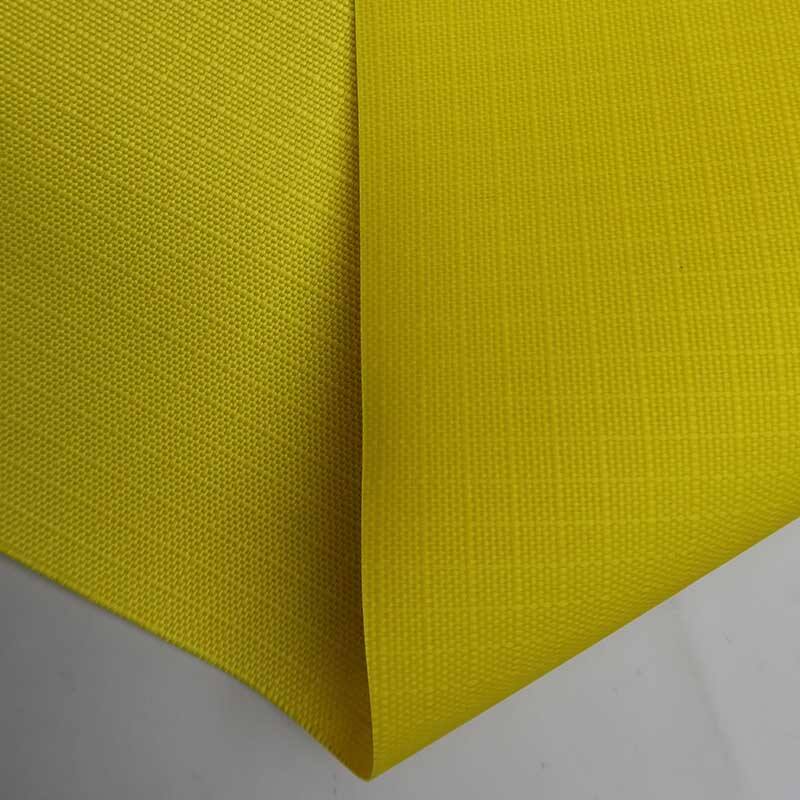Also Read - How to Choose the Right Moisturizing Face Masks for Your Skin, Different Types of Industrial Coatings and What Are Exterior Acoustic Canopy Panels? Polyurethane coatings are probably the most common and offer excellent wear resistance, chemical resistances etc. Aliphatic and aromatic are the two types of polyurethane coatings. Aliphatic Polyurethane vs Aromatic Polyurethanes: Aliphatic polyures have diisocyanate based and prepolymer while aromatic ones are chemical structure of final. What is aromatic and aliphatic pu coatings? Aromatic polyurethanes (the aromatic ring appears in the main backbone of this type); whereas aliphatic polyurethane are synthesized as structures. Their Performance Difference On Aliphatic vs Aromatic While aliphatic and aromatic polyurethanes share a great deal in common they each have unique performance spreads. Polyurea coatings are more abrasion, impact resistant and possess superior chemical resistance even it has the qualities like UV resistant, non-slip. They are also fire resistant. Aromatic coatings are typically not very weatherable and will become discolored or chalk over time. Greater resistance to Weathering and UV degradation compared with Aromatic (MDI) Segments- aliphatic polyurethane coatings. They are also more resistant to staining and discoloration caused by such chemicals Compared to aliphatic polyurethane coating, which maintains its gloss and color, aromatic coatings are typically used as protective topcoats over materials where the surface is exposed to sunlight or weather. Which one is best for my project? Nov 20th these will range from the fact that your project needs an aliphatic base in a coating engineered for same, or maybe it only requires one made with an aromatic. There are many different types of coatings, each with advantages and disadvantages but aliphatic polyurethane or aromatic urethane film formulations serve as a couple examples. In each case, consideration will need to be given as the exposure of UV radiation and what chemicals that layer is resistant to ensure they do not fail due heat or chemical attack - along with color retention are key when using polyurethane coatings. For example, if the coating is going to subject fade under direct sun light then a aliphatic polyurethane might be more ideal for it. If the coating will be exposed to chemical substances, such as acids and alkalis, then an aromatic polyurethane coating would probably work best since it offers greater resistance to chemicals. Remember the price of coating as well. Aromatic coatings are typically cheaper than aliphatic polyurethaneperate However, the superior weathering qualities of aliphatic coatings mean that even though they are more costly to apply you still receive a longer life and nicer finish with it at the end. The differences between the aliphatic polyurethanes is often - but not always (there are minor exceptions) -- less a matter of its chemical structure than it's different applicatory and wear properties while still meeting those same critical criteria. In contrast to this, aromatic coatings are much better resistant to the chemical resistance and is as well better resistant on abrasion as like wise a more adaptable coating when it comes down in applications. Conclusion Aliphatic and aromatic polyurethane coatings have different features in terms of the area where they can be used, and also from behavior whose properties are expected to apply. Types of Coatings There are many factors a Project Manager must take into consideration in determining the type of coating that will work best for his or her project - cost, chemical resistance, UV/Weather Resistance and so forth. In the end, it would be best to consult a professional when deciding on what correct broadcast coating is just right with your own specific application. Polyurethane coatings are used in modern manufacturing and construction as they can provide excellent protection to abrasive wear, chemicals etc. Their floral structure will also help create new coating features compared to the ones from aliphatic to crystalline polyurethane coatings.

 EN
EN
 AR
AR
 BG
BG
 HR
HR
 CS
CS
 DA
DA
 NL
NL
 FI
FI
 FR
FR
 DE
DE
 EL
EL
 HI
HI
 IT
IT
 JA
JA
 KO
KO
 NO
NO
 PL
PL
 PT
PT
 RO
RO
 RU
RU
 ES
ES
 SV
SV
 CA
CA
 TL
TL
 IW
IW
 ID
ID
 LV
LV
 LT
LT
 SR
SR
 SK
SK
 SL
SL
 UK
UK
 VI
VI
 TH
TH
 TR
TR
 FA
FA
 GA
GA
 BE
BE
 BN
BN
 IG
IG

